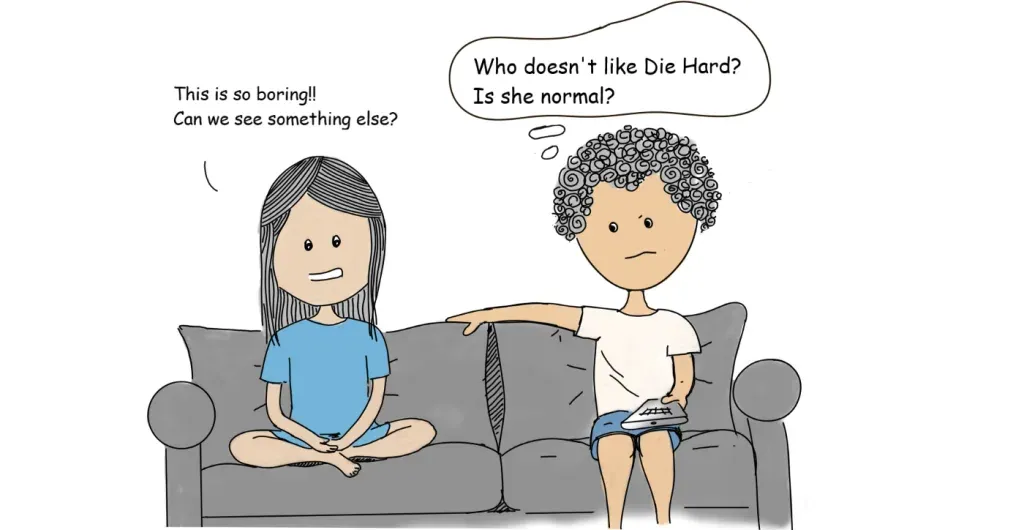The influence of our biases on the design of the solution

When generating new ideas, people rely on feelings from their own experience and subjective knowledge. That is why we are prone to the unconscious biases that affect the design process in particular.
I propose to consider common biases that occur in product design. In what way do they affect the product, and how to work with these biases to create more inclusive design for users.

False prejudices
False prejudice occurs when we think that other people think and behave the same way as we do. Psychological researchers call this phenomenon the “false consensus effect.” For example, product designers often use the product being designed, because of which they begin to say: “I know how to do better, because I am a user.”
“You are not the users,” reiterates Jakob Nielsen, a leading web usability consultant.
The problem also lies in the fact that, based on our prejudices, we create a design that will be accessible and understandable only for that category of people to which we belong. Other users may have difficulties that we are not even aware of we guess It is important for the designer to remember that everyone has their own special background, unique experience and distinct identity. The product audience is divided not only by global markers such as age and gender. People of various professions and nationalities also have specific needs specific to their group.
Neglect of the user will certainly have negative consequences. We can confirm this with a textbook case Ford Edsel cars. This 1958 model, named after the son of Henry Ford, was created as if for an experiment — without taking into account market realities and user needs. Ford Edsel was unreliable from an engineering point of view, small clumsy control and weird design.

During the development of this car, the designers listened only to members of their own design team, which ultimately resulted in one of the loudest failures in the history of the automobile business. Buyers were shocked and disappointed by the company’s sales at the time collapsed.
Overcoming false prejudices
To learn how to recognize biases, take the opportunity to read literature about common cognitive distortions. Create a list of your biases and add to it whenever you catch yourself biased.
- When making important design decisions, ask yourself from time to time: “Do I know for sure that my statement “X” is true?”.
In this way, you will check whether there is anything behind the decision other than your confidence. If the evidence base is insufficient - conduct in-depth research on the product’s users.
- Do research with different groups of users
By interacting with users who have different experiences and backgrounds, you will eventually gain a better understanding of other points of view, and you will also be more confident in recognizing your own biases. When working on design, apply the user persona thinking model, to better separate your whims from the actual needs of the user.
Optimistic biases
Optimistic bias (wishful thinking) is a tendency to minimize the negative impact of certain factors on the final result and underestimate the risks of own actions. Optimistic biases are embedded in our consciousness because they simplify life, reducing stress and anxiety levels.
How exactly do optimistic biases affect the design process? For example, a designer can ignore the results of depth interviews, not taking into account a wide variety of users, not following accessibility rules, not conducting usability tests, etc.
We avoid optimistic prejudices
The best way to avoid over-optimism is to go in from the opposite side and find potential risks as early as possible. By identifying them in time, you will be able to minimize the detrimental effect on the final product.
My design team often performs a collective Pre-Mortem exercise — we imagine that the project has already gone haywire and try together trying to figure out what could have gone wrong. This is how the Pre-Mortem technique works:
- Imagine a hypothetical project failure;
- Give each team member 5-10 minutes to identify possible causes of failure;
- Discuss your assumptions and determine the appropriate level of risk for each probable cause;
- Prioritize items with high risk;
- Develop a plan to minimize or prevent risks.
